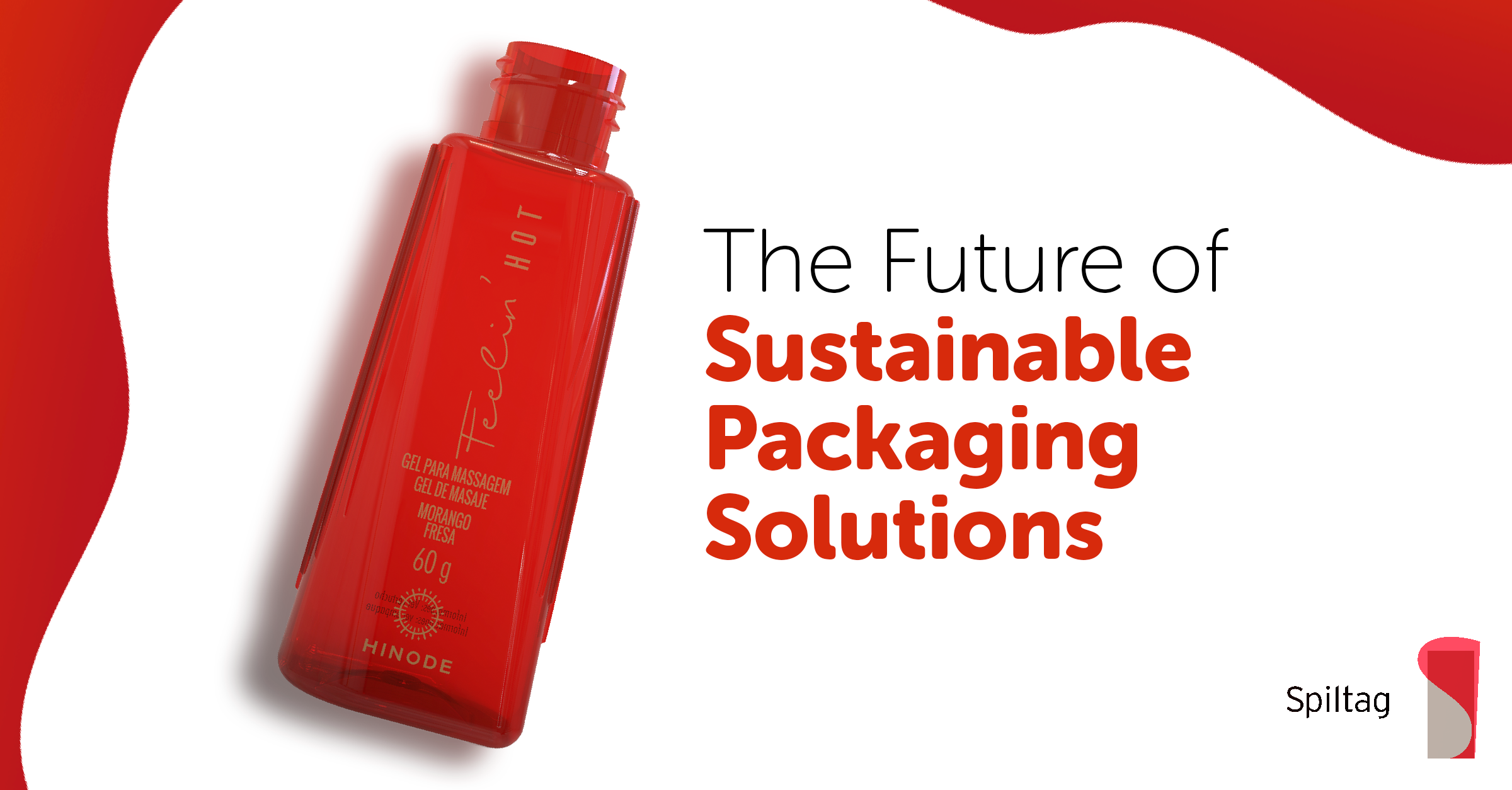
As the world becomes increasingly aware of environmental issues, the packaging industry is undergoing a significant transformation. Sustainable packaging is no longer a niche market but a necessity for the future. This blog post explores the emerging trends and technologies shaping the future of sustainable packaging, with a focus on eco-friendly materials and innovative designs.
The shift towards sustainable materials is at the forefront of this transformation. Bioplastics, derived from renewable resources like corn starch, sugarcane, and cellulose, are gaining popularity. These materials not only reduce dependency on fossil fuels but also offer better end-of-life options, such as compostability and biodegradability.
Recycling technologies are evolving to handle more complex packaging materials. Innovations in sorting and processing technologies are making it easier to recycle materials that were previously considered non-recyclable, thus extending the life of packaging materials and reducing waste.
Sustainable packaging is not just about materials but also design. The concept of ‘design for sustainability’ involves creating packaging that minimizes waste and maximizes efficiency in production and logistics. This includes designing for disassembly, where packaging can be easily separated into its recyclable components.
Another trend is lightweighting – reducing the amount of material used in packaging without compromising its integrity. This approach not only saves resources but also reduces transportation costs and emissions, contributing to a lower carbon footprint.
The integration of technology into packaging, such as smart and active packaging, is another exciting development. These technologies can extend shelf life, monitor freshness, display information about the product, and improve overall consumer engagement, all while being sustainable.
Consumers are increasingly demanding transparency and sustainability in packaging. Brands are responding by using packaging as a tool to communicate their sustainability efforts, such as using labels that indicate recyclability or the use of renewable resources.
Government policies and regulations are also playing a crucial role in driving the adoption of sustainable packaging solutions. Regulations that mandate the use of recycled content, ban certain single-use plastics, or incentivize sustainable practices are shaping industry standards.
The future of sustainable packaging is dynamic and promising, with innovations continually emerging. As we move forward, the focus will be on developing materials and designs that meet the needs of both the present and the future, without compromising the health of our planet. The packaging industry’s commitment to sustainability is not just a trend but a long-term shift towards a more responsible and environmentally conscious approach to packaging.
The latest trends include the use of bioplastics made from renewable resources like corn starch, sugarcane, and cellulose, advancements in recycling technologies for complex materials, and the design for sustainability which focuses on minimizing waste and maximizing efficiency.
Bioplastics are revolutionizing the packaging industry by reducing dependence on fossil fuels and offering better end-of-life options like compostability and biodegradability. They represent a shift towards more sustainable, eco-friendly materials.
‘ Design for sustainability’ in packaging involves creating packaging solutions that minimize waste and maximize efficiency in production and logistics. This includes designing packaging for easy disassembly and recycling, reducing the environmental impact.
Technology plays a crucial role in sustainable packaging through the development of smart and active packaging. These technologies can extend product shelf life, monitor freshness, display product information, and enhance consumer engagement, contributing to sustainability.
Consumer demands for transparency and sustainability are driving brands to use packaging as a communication tool for their sustainability efforts. This includes using labels indicating recyclability or the use of renewable resources, responding to a growing market demand for environmentally responsible products.
Check our linkedin page and our products!